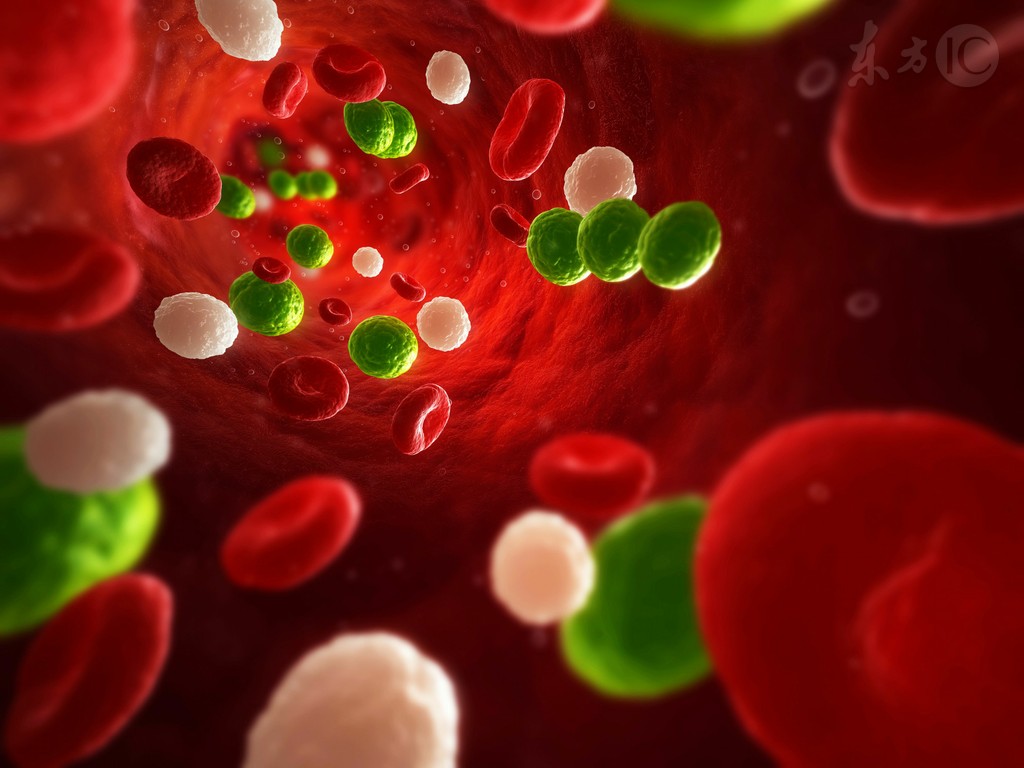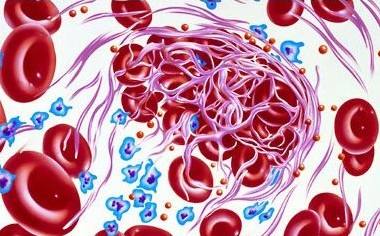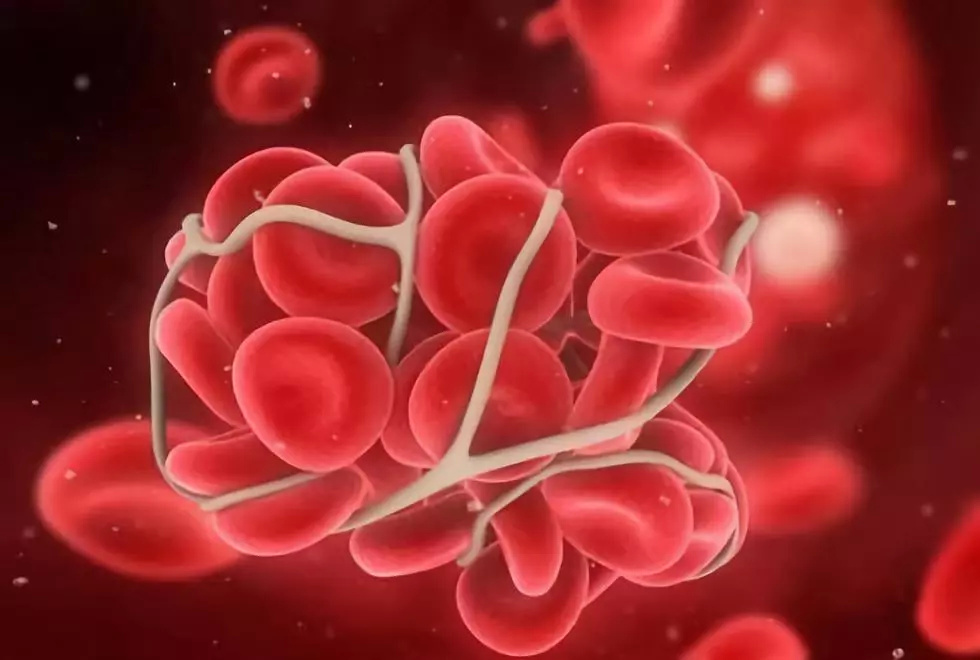-

Coagulation Function System Indicators During Pregnancy
1. Prothrombin time (PT): PT refers to the time required for the conversion of prothrombin into thrombin, leading to plasma coagulation, reflecting the coagulation function of the extrinsic coagulation pathway. PT is mainly determined by the levels of coagulation factors...Read more -

New Clinical Application Of Coagulation Reagent D-Dimer
With the deepening of people's understanding of thrombus, D-dimer has been used as the most commonly used test item for thrombus exclusion in coagulation clinical laboratories. However, this is only a primary interpretation of D-Dimer. Now many scholars have given D-Dime...Read more -

How To Prevent Blood Clots?
In fact, venous thrombosis is completely preventable and controllable. The World Health Organization warns that four hours of inactivity can increase the risk of venous thrombosis. Therefore, to stay away from venous thrombosis, exercise is an effective prevention and co...Read more -

What Are The Symptoms Of Blood Clots?
99% of blood clots have no symptoms. Thrombotic diseases include arterial thrombosis and venous thrombosis. Arterial thrombosis is relatively more common, but venous thrombosis was once considered a rare disease and has not been paid enough attention. 1. Arterial ...Read more -

The Dangers Of Blood Clots
A thrombus is like a ghost wandering in a blood vessel. Once a blood vessel is blocked, the blood transport system will be paralyzed, and the result will be fatal. Moreover, blood clots can occur at any age and at any time, seriously threatening life and health. What is ...Read more -

Prolonged travel increases the risk of venous thromboembolism
Studies have shown that plane, train, bus or car passengers who remain seated for a journey of more than four hours are at higher risk for venous thromboembolism by causing venous blood to stagnate, allowing blood clots to form in the veins. In addition, passengers who t...Read more








 Business card
Business card Chinese WeChat
Chinese WeChat English WeChat
English WeChat